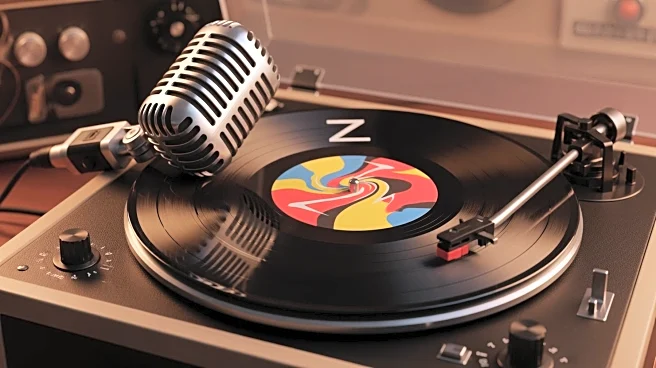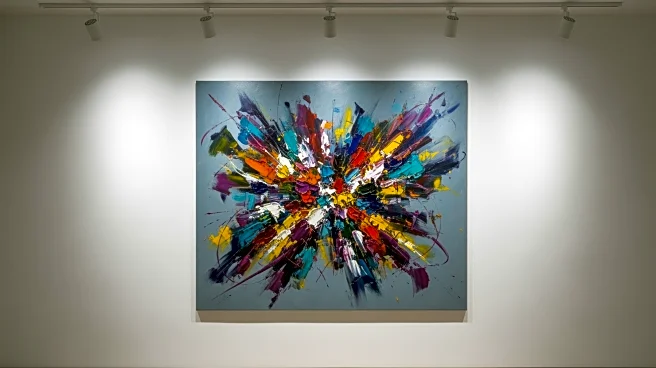What's Happening?
Indie music, once defined by its independent production, has become a complex and often confusing genre. Originally, indie referred to artists releasing music independently, but today it encompasses a wide
range of styles and influences. The genre's evolution has led to confusion among listeners, as indie music now overlaps with alternative, lo-fi, bedroom pop, and other genres. This shift has raised questions about what truly defines indie music, as streaming platforms and playlists often categorize diverse artists under the indie label. The genre's identity crisis reflects broader trends in the music industry, where genres are increasingly fragmented and difficult to define.
Why It's Important?
The identity crisis of indie music highlights the challenges of defining genres in the modern music industry. As genres become more fragmented, the lines between them blur, challenging traditional categorizations. This shift may lead to a reevaluation of how music is classified and marketed, with implications for artists, record labels, and streaming platforms. The confusion surrounding indie music also reflects changing consumer preferences, with audiences seeking more personalized and diverse musical experiences. As the genre evolves, it may inspire other genres to adopt similar approaches, challenging mainstream music norms.
What's Next?
As indie music continues to evolve, it is likely to influence other music genres, leading to increased experimentation and innovation across the industry. The genre's focus on authenticity and emotional expression may inspire artists in other genres to adopt similar approaches, challenging mainstream music norms. Indie music's growth could also impact the way music is marketed and consumed, with fans seeking out more personalized and niche musical experiences.
Beyond the Headlines
The identity crisis of indie music raises questions about the definition of genres in the music industry. As genres become more fragmented, the lines between them blur, challenging traditional categorizations. This shift may lead to a reevaluation of how music is classified and marketed, with implications for artists, record labels, and streaming platforms. Additionally, the rise of indie music highlights the role of technology and social media in shaping music trends, as fans increasingly discover and share music online.











